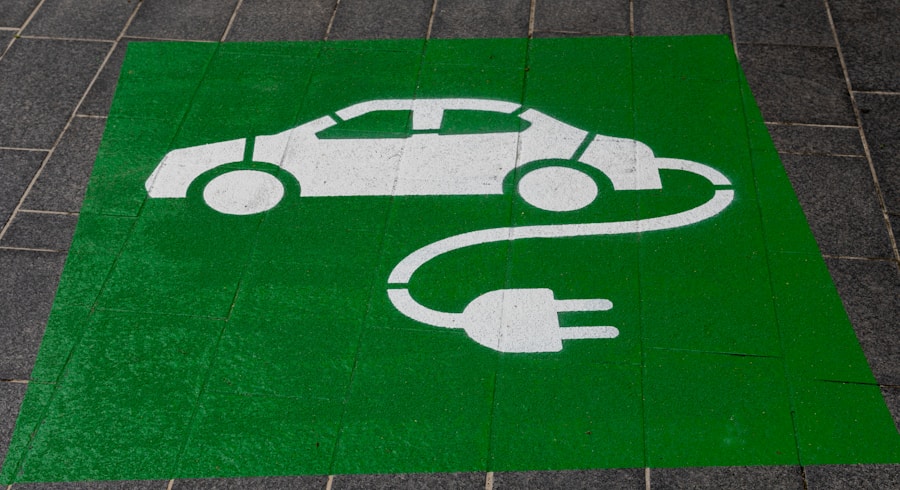Domestic energy tariffs are the rates that consumers pay for their gas and electricity usage. These tariffs can vary widely depending on the type of energy plan, the region, and the energy provider. Understanding domestic energy tariffs is essential for homeowners and renters alike, as it can have a significant impact on monthly utility costs. With the rising cost of living, it is crucial for consumers to be aware of the different types of tariffs available, how to compare them, and how to switch to a more cost-effective plan. By taking the time to understand domestic energy tariffs, consumers can make informed decisions that can lead to substantial savings on their energy bills.
Types of Domestic Energy Tariffs
There are several types of domestic energy tariffs available to consumers, each with its own advantages and disadvantages. The most common types of tariffs include standard variable tariffs, fixed-rate tariffs, and dual fuel tariffs. Standard variable tariffs are the default rates that consumers pay for their energy usage. These tariffs can fluctuate depending on market conditions and are often more expensive than other options. Fixed-rate tariffs, on the other hand, offer consumers a set price for their energy usage over a specific period, usually one to three years. This can provide peace of mind and protection against price increases, but it may also mean missing out on potential savings if energy prices decrease. Dual fuel tariffs combine gas and electricity into one plan, often offering a discount for bundling both services together. Understanding the differences between these tariffs is crucial for consumers looking to find the best option for their household.
Understanding Your Energy Bill
Understanding your energy bill is essential for managing your household expenses effectively. Energy bills can be complex, with various charges and fees that may not be immediately clear to the average consumer. It is important to understand the different components of your bill, including the unit rate for gas and electricity, standing charges, and any additional fees or taxes. By understanding these elements, consumers can better assess their energy usage and identify areas where they can potentially reduce costs. Additionally, being aware of how your energy usage is calculated and billed can help you spot any discrepancies or errors that may be driving up your monthly expenses. Taking the time to review and understand your energy bill can empower you to make informed decisions about your energy usage and find ways to save money.
How to Compare Energy Tariffs
Comparing energy tariffs can be a daunting task, but it is essential for finding the best deal for your household. There are several factors to consider when comparing energy tariffs, including the unit rate for gas and electricity, standing charges, contract length, and any additional perks or incentives offered by the provider. Online comparison tools can be a valuable resource for consumers looking to compare tariffs from different providers quickly and easily. These tools allow users to input their current energy usage and preferences, then generate a list of available tariffs ranked by cost. It is important to consider not only the upfront cost but also any potential price increases over time when comparing tariffs. Additionally, consumers should be wary of any hidden fees or penalties that may apply if they decide to switch providers before the end of their contract. By carefully comparing energy tariffs, consumers can find the best option for their household and potentially save hundreds of pounds each year.
Tips for Cutting Your Utility Costs
There are several strategies that consumers can employ to cut their utility costs and reduce their energy bills. One of the most effective ways to save money on energy is by improving the energy efficiency of your home. This can include simple measures such as installing energy-efficient light bulbs, using draught excluders, and insulating your home to reduce heat loss. Additionally, being mindful of your energy usage and making small changes to reduce consumption can have a significant impact on your monthly bills. This can include turning off lights and appliances when not in use, using energy-efficient appliances, and adjusting your thermostat to reduce heating and cooling costs. Consumers should also consider switching to a more cost-effective tariff or provider if they are currently on a standard variable tariff or are not satisfied with their current plan. By taking these steps, consumers can make a real difference in their household expenses and contribute to a more sustainable future.
Switching Energy Tariffs
Switching energy tariffs is a straightforward process that can lead to substantial savings for consumers. Before switching, it is essential to compare available tariffs and providers to find the best option for your household. Once you have identified a more cost-effective plan, you can contact the new provider to initiate the switch. The new provider will handle the majority of the process, including notifying your current provider and arranging for the transfer of your energy supply. It is important to be aware of any potential exit fees or penalties that may apply if you are currently on a fixed-rate tariff or within a specific contract period. However, these fees are often outweighed by the potential savings from switching to a more competitive tariff. By taking the time to switch energy tariffs, consumers can take control of their household expenses and potentially save hundreds of pounds each year.
Maximising Savings on Domestic Energy Tariffs
In conclusion, understanding domestic energy tariffs is essential for consumers looking to maximise savings on their utility costs. By familiarising yourself with the different types of tariffs available, understanding your energy bill, comparing available options, and implementing strategies to reduce consumption, consumers can make informed decisions that can lead to substantial savings. Switching to a more cost-effective tariff or provider is a straightforward process that can result in significant savings over time. By taking control of your household expenses and making informed decisions about your energy usage, you can contribute to a more sustainable future while also enjoying lower monthly bills. With rising energy costs, it is more important than ever for consumers to be proactive in managing their utility expenses and finding ways to save money on their domestic energy tariffs.




0 Comments